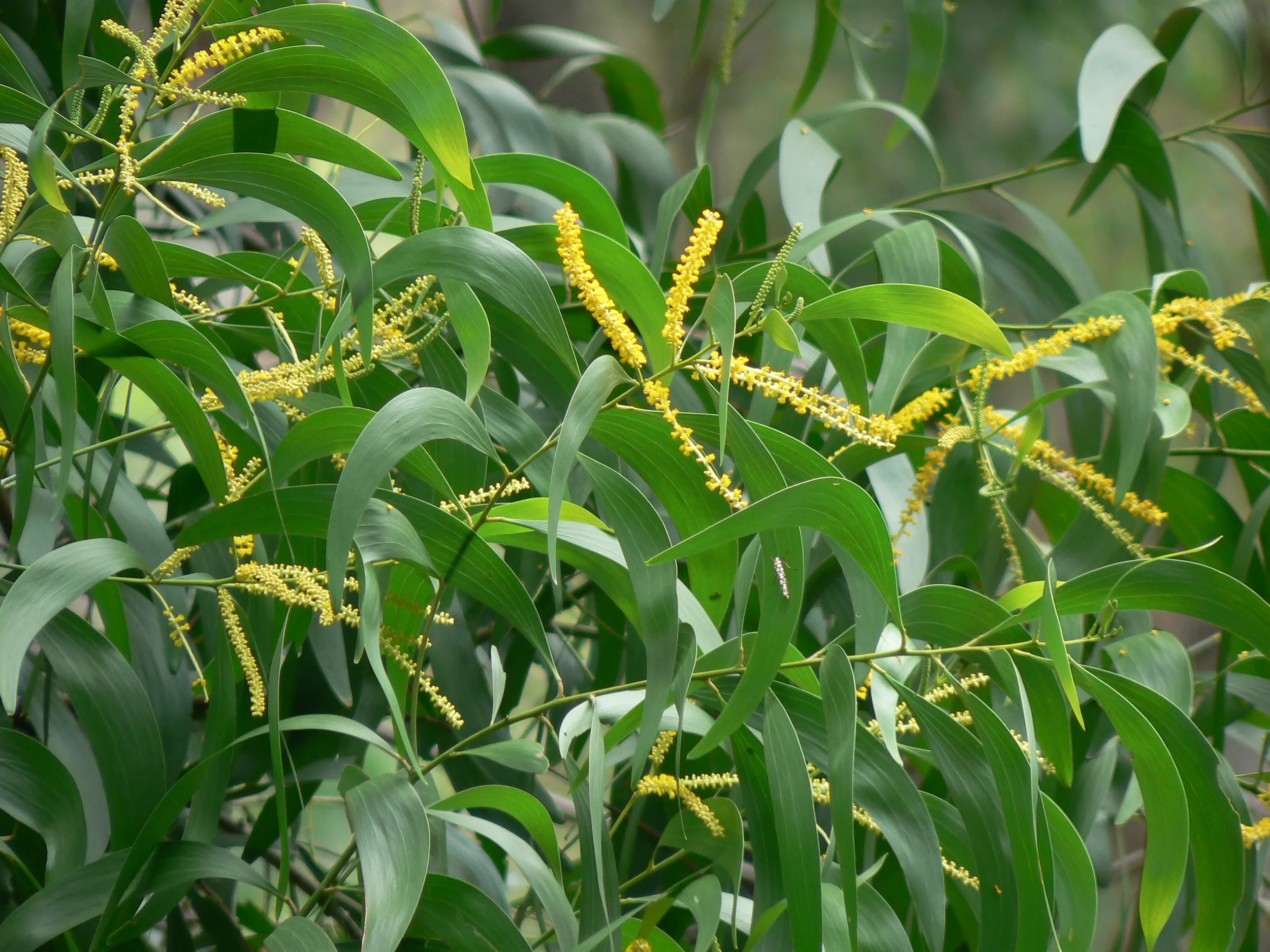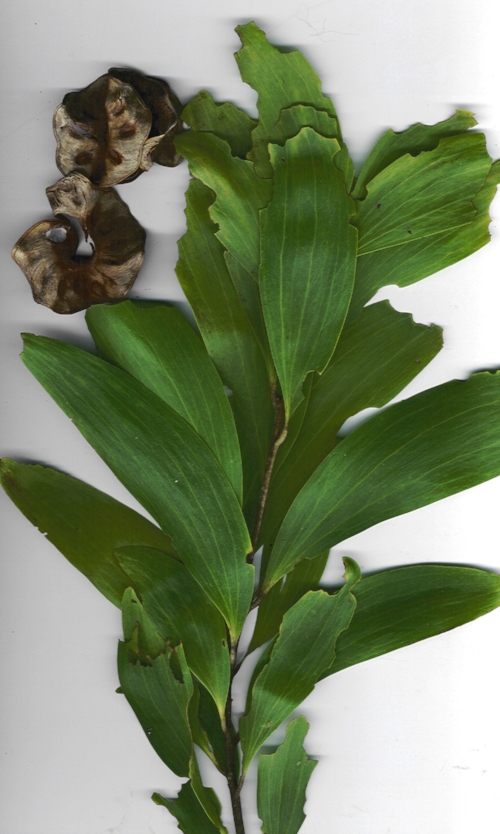Source: Youtube
NAME: Afzelia africana
FAMILY: Leguminosae
COMMON NAMES: Apa, pod mahogany, African oak, African mahogany, counter wood
LOCAL NAMES: Apa-Igbo, Apa, kawo, Akpalata, Bilinga, Afzelia, Kilar
USEFUL PART(s): Root, leaves, stem-bark, seeds
GENERAL USES:
Young leaves are cooked and eaten as a vegetable
Fruit is edible but has a poisonous seed
Dried seedpods are used as musical instruments
The wood is used for fuel and for making charcoal
The wood is use for ship building, construction, cabinetwork etc.
GEOGRAPHIC DISTRIBUTION
Nigeria
Senegal
Uganda
Togo
Benin
Mali
Guinea Bissau
Ivory Coast
WHY IS IT GREEN?
Afzelia africana medicinal values include:
Gonorrhoea
Stomach disorders
Hernia
Lumbago
Febrifuge
Antiemetic
Backache
Malaria
Rheumatism
Arthritis
ENVIRONMENTAL IMPACT
Afzelia Africana improves the soil
Fix Nitrogen in the soil
FUNFUL FACT
The African mahogany is a large, deciduous tree and it is usually exported to Europe
The seeds are poisonous
FURTHER READINGS
Amusa, T. O. (2011). Effects of three pre-treatment techniques on dormancy and germination of seeds of Afzelia africana (Sm. Ex pers). Journal of Horticulture and Forestry, 3(4), 96–103. Retrieved from http://www.academicjournals.org/JHF/PDF/pdf2011/April/Amusa.pdf
Assogbadjo, A. E., Mensah, S., & Kakaï, R. G. (2017). The relative importance of climatic gradient versus human disturbance in determining population structure of Afzelia africana in the Republic of Benin§. Southern Forests, 79(2), 125–132. https://doi.org/10.2989/20702620.2016.1255406
Donkpegan, A. S. L., Doucet, J.-L., Dainou, K., & Hardy, O. J. (2015). Microsatellite development and flow cytometry in the African tree genus Afzelia (Fabaceae, Caesalpinioideae) reveal a polyploid complex. Applications in Plant Sciences, 3(1), 1400097. https://doi.org/10.3732/apps.1400097
Martins, E., Omoyeme, I., Christiana, I., Ofoefule, S., & Olobayo, K. (2009). Isolation, characterzation and compaction properties of Afzelia africana gum exudates in hydrochlorothiazide tablet formulations. . African Journal of Pharmacy and Pharmacology, 3(5), 265–272. Retrieved from http://academicjournals.org/AJPP/PDF/ pdf2009/May/Martins et al.pdf
Mensah, S., Houéhanou, T. D., Assogbadjo, A. E., Anyomi, K. A., Ouedraogo, A., & Kakaï, R. G. (2016). Latitudinal variation in the woody species diversity of afzelia africana sm. Habitats in West Africa. Tropical Ecology, 57(4), 717–726.
Ogbu, I. M., & Ajiwe, V. I. E. (2016). FTIR studies of thermal stability of the oils and methyl esters from Afzelia africana and Hura crepitans seeds. Renewable Energy, 96, 203–208. https://doi.org/10.1016/j.renene.2016.04.055
Oyedemi, O. O., Adewusi, E. A., Aiyegoro, O. A., & Akinpelu, D. A. (2011). Antidiabetic and haematological effect of aqueous extract of stem bark of Afzelia africana (Smith) on streptozotocin-induced diabetic Wistar rats. Asian Pacific Journal of Tropical Biomedicine, 1(5), 353–358. https://doi.org/10.1016/S2221-1691(11)60079-8
Sotannde, O. A., Oluwadare, A. O., Ogedoh, O., & Adeogun, P. F. (2012). Evaluation of cement-bonded particle board produced from Afzelia africana wood residues. Journal of Engineering Science and Technology, 7(6), 732–743.






































